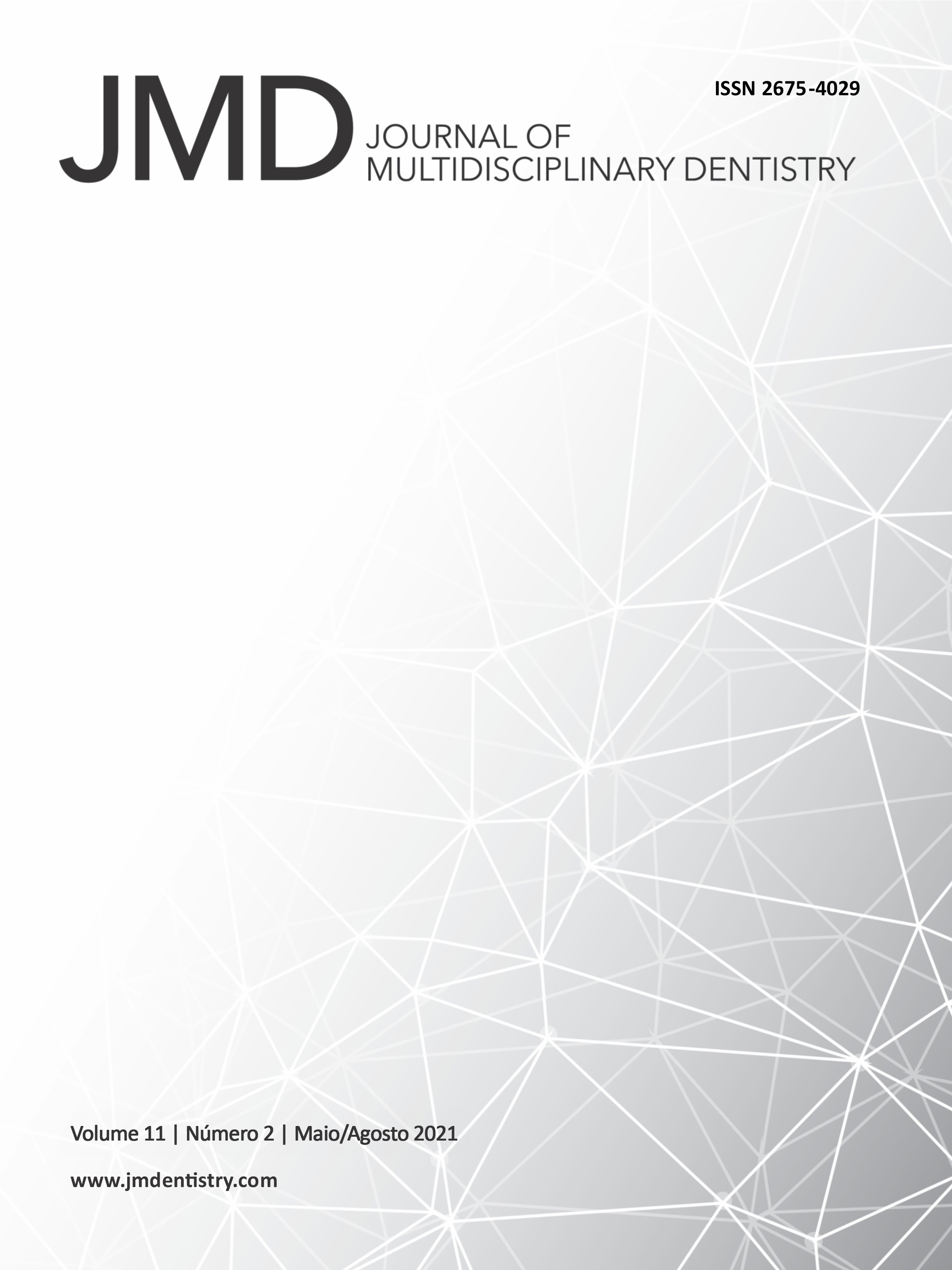Dental ceramic laminates - aesthetic rehabilitation with lithium dissilicate through minimally invasive preparations - case report
DOI:
https://doi.org/10.46875/jmd.v11i2.788Keywords:
Ceramics, Dental materials, Dental veneersAbstract
The evolution of the restorative materials allowed to reduce wear of the dental structure for the bonding of the porcelains to the teeth. Dental ceramic laminates are ceramic strips of 0.2 to 0.8 mm thick. Need wear on dental tissue so that there is a correct fit between the part and the tooth. The ceramics used for this purpose are feldspathic ceramics and ceramics reinforced by lithium disilicate. Among these, ceramics reinforced by lithium disilicate, have high adhesiveness, wear resistance, low electrical conductivity, low thermal expansion, good optical properties, biocompatible, excellent aesthetics, color stability, strengthening of the dental structure and greater resistance when compared with the conventional feldspathic ones. Due to these characteristics, lithium disilicate allows tooth wear to be as minimal as possible, thus preserving healthy enamel and at the same time achieving a good adaptation of the ceramic laminate and high adhesiveness to the enamel, restoring the aesthetics and functionality to the teeth, leaving them with natural aspects. The case report aims to demonstrate the technique of aesthetic and functional rehabilitation with the use of vitreous glass disilicate lithium and with maximum preservation of healthy enamel. Presenting as a conclusion an excellent result in obtaining dental esthetics.


